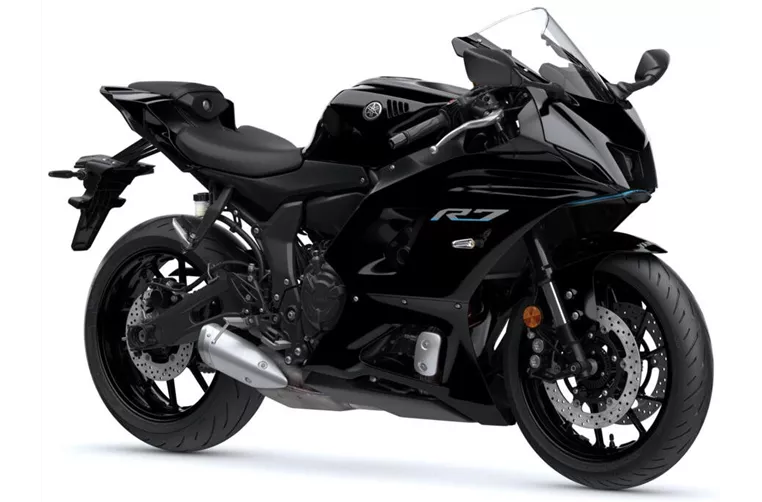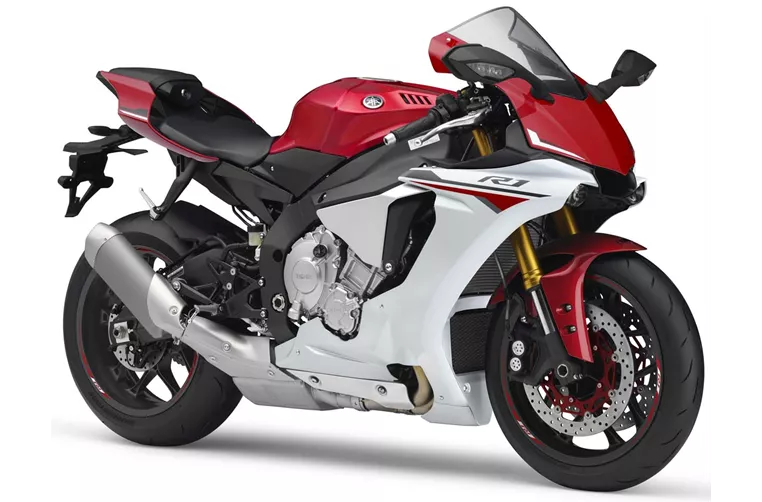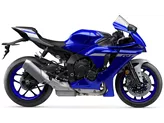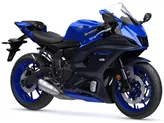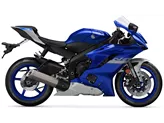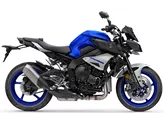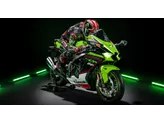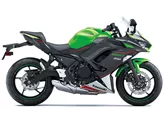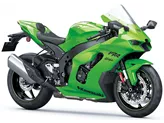Yamaha R7 2021 vs. Yamaha R1 2016
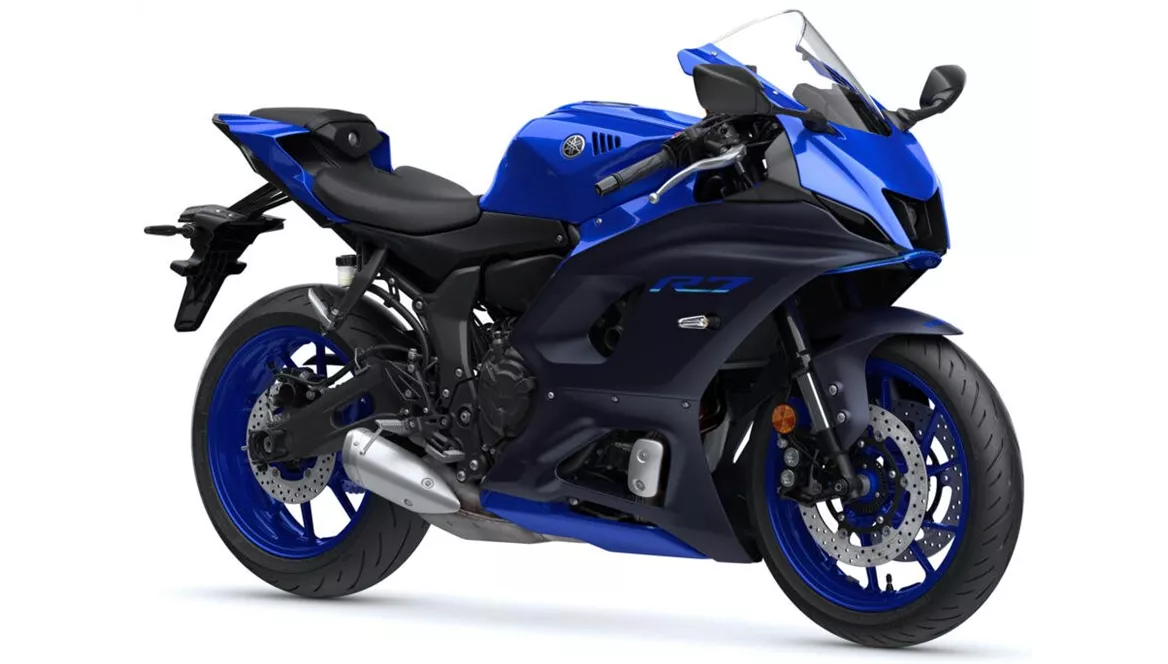
Yamaha R7 2021
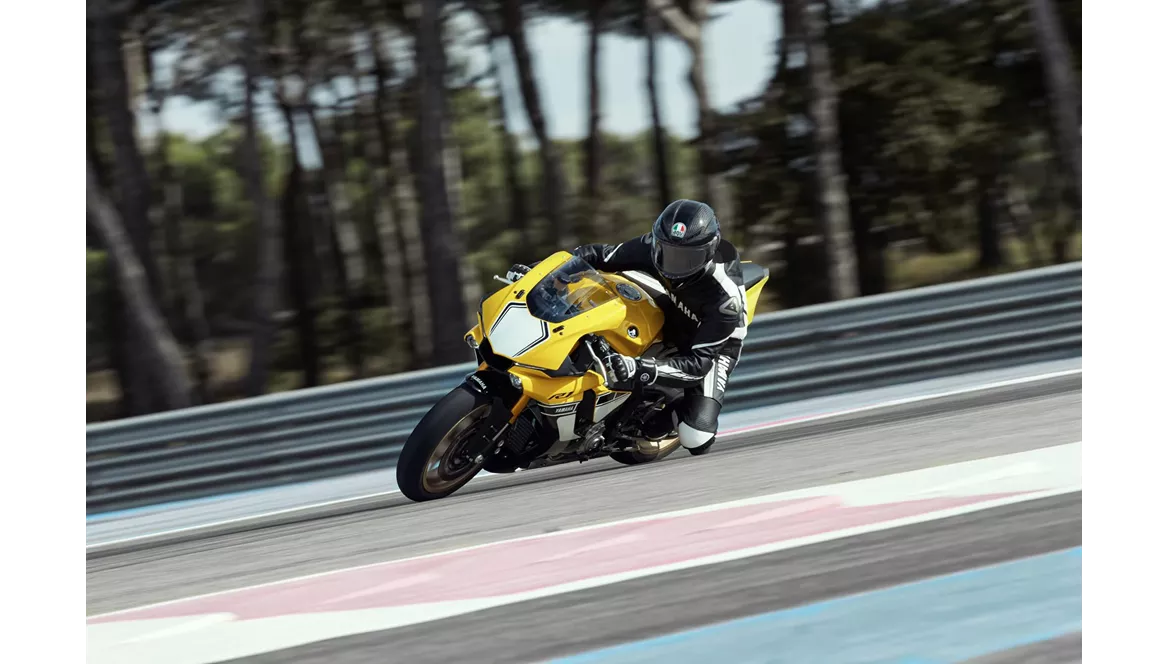
Yamaha R1 2016
Overview - Yamaha R7 2021 vs Yamaha R1 2016
The Yamaha R7 model year 2021 and the Yamaha R1 model year 2016 are both supersport motorcycles from Yamaha, but they have some notable differences in terms of technical specifications and features.
Starting with the engine and drive train, the Yamaha R7 2021 is equipped with a 689cc CP2 engine with a bore of 80mm and a stroke of 68.6mm. It produces 73.4 horsepower and 67 Nm of torque, with a compression ratio of 11.5. On the other hand, the Yamaha R1 2016 features a more powerful 998cc engine with a bore of 79mm and a stroke of 50.9mm. It delivers an impressive 200 horsepower and 112.4 Nm of torque, with a higher compression ratio of 13.
In terms of suspension, both motorcycles feature upside-down telescopic forks at the front. However, the Yamaha R7 2021 has a steel frame, while the Yamaha R1 2016 boasts an aluminum frame, which is known for its lightweight and rigidity.

Yamaha R7 2021
When it comes to brakes, both motorcycles are equipped with double disc brakes at the front. Additionally, the Yamaha R1 2016 comes with advanced rider assistance systems such as launch control and traction control, providing enhanced safety and control.
In terms of dimensions and weights, the Yamaha R7 2021 has a front tire width of 120mm and a rear tire width of 180mm, both with a diameter of 17 inches. It has a wheelbase of 1395mm and a kerb weight (with ABS) of 188kg. On the other hand, the Yamaha R1 2016 has a front tire width of 120mm and a rear tire width of 190mm, also with a diameter of 17 inches. It has a slightly longer wheelbase of 1405mm and a kerb weight (with ABS) of 199kg. Additionally, the Yamaha R1 2016 has a larger fuel tank capacity of 17 liters, compared to the 13 liters of the Yamaha R7 2021.
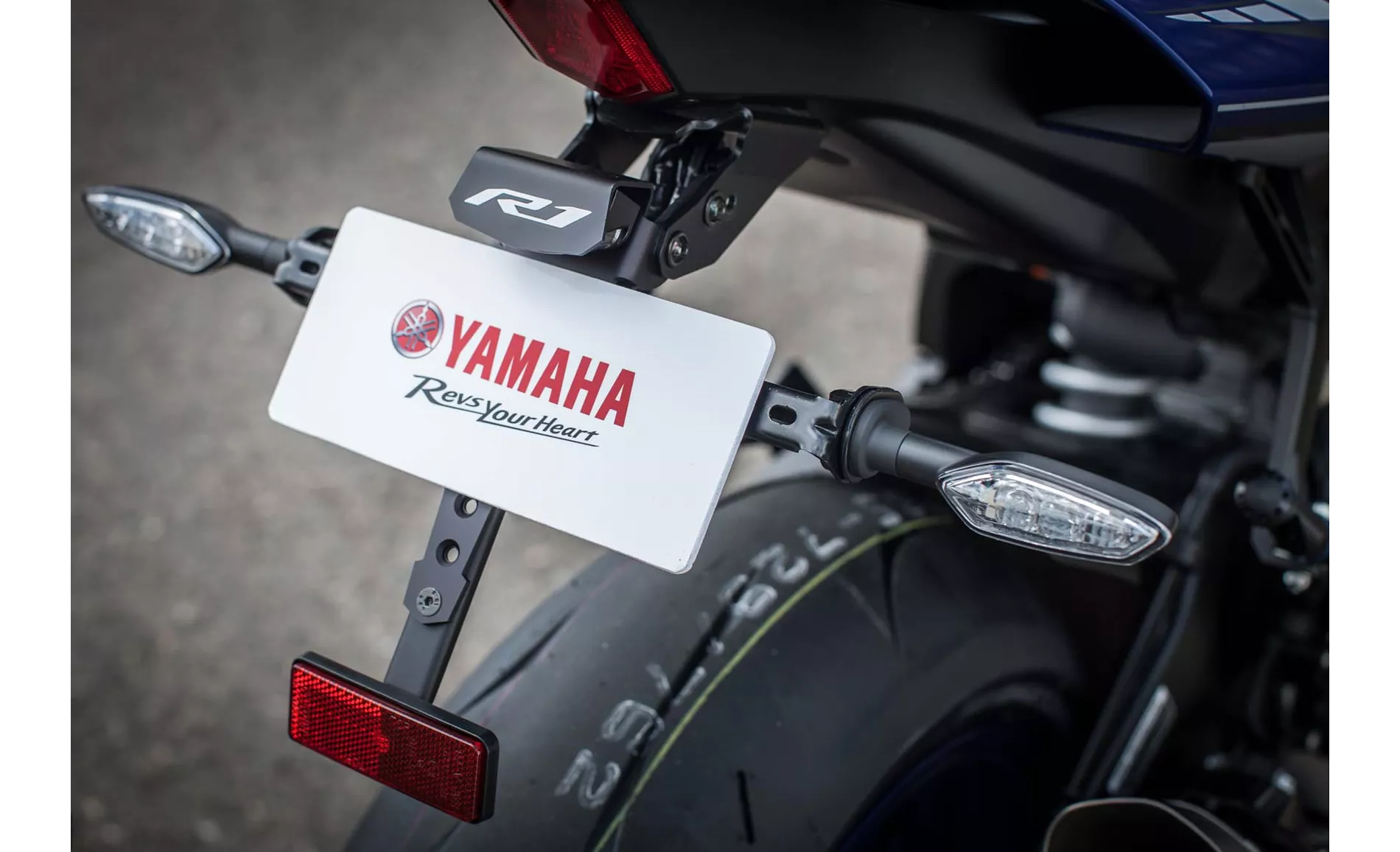
Yamaha R1 2016
In terms of strengths, the Yamaha R7 2021 is praised for its high-torque CP2 engine, sporty riding position, suspension set-up, standard tires, and being a good entry-level trackday bike. On the other hand, the Yamaha R1 2016 is known for its lively handling, high-revving and precisely controllable engine, and excellent electronics package.
As for weaknesses, the Yamaha R7 2021 could benefit from having a quickshifter as standard. On the other hand, the Yamaha R1 2016 only has a shift assistant for upshifting, which may be seen as a limitation compared to newer models.
In conclusion, while both the Yamaha R7 2021 and the Yamaha R1 2016 are impressive supersport motorcycles, they have their own strengths and weaknesses. The Yamaha R7 2021 offers a more accessible entry into the world of track riding with its lower power output and more affordable price point, while the Yamaha R1 2016 delivers a higher level of performance and advanced electronics for experienced riders seeking a thrilling riding experience.
Technical Specifications Yamaha R7 2021 compared to Yamaha R1 2016
Pros and Cons in comparison
Pros and Cons in comparison
Yamaha R7 2021
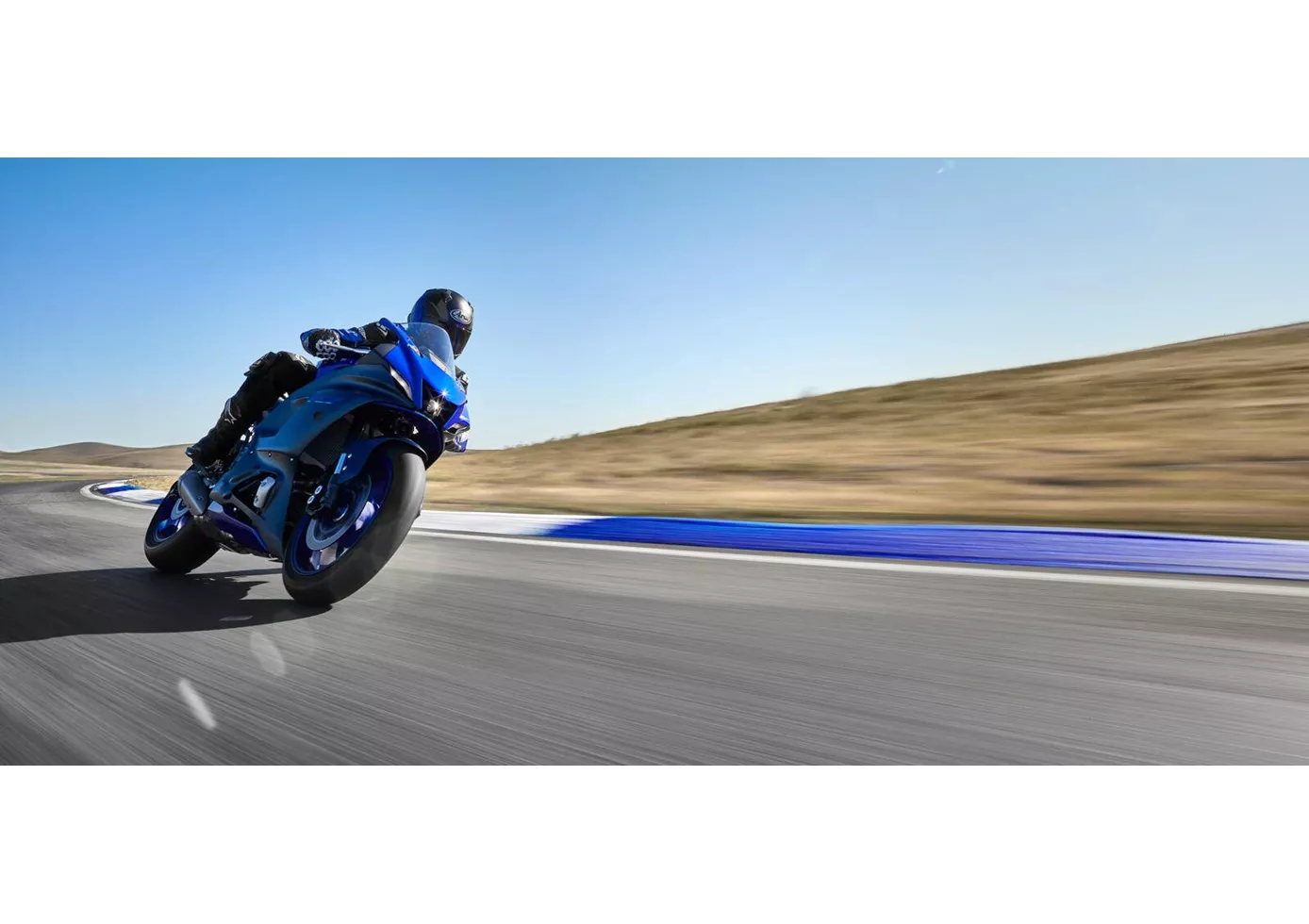
Despite the rather idiosyncratic combination of the sensible 73.4 hp mid-range power unit and the extremely aggressive, sporty look, the R7 is by no means a sheep in wolf's clothing. The performance, which is somewhere between the R3 and the R6, turned out to be much stronger in practice than the pure values on paper would suggest, and in terms of geometry, chassis, brakes and tyres, Yamaha's engineers have really done their homework. On top of that, the Yamaha R7 has all the qualities to have a lot of fun out-of-the-box on a compact race track like the Pannoniaring, for example, even without a big investment. But of course it feels better on the country road, and that's where it belongs in the first place, in our opinion. In view of the overall package, the purchase price is more than fairly priced - so it's not a problem that the quickshifter is not included and has to be purchased as an option.
Yamaha R1 2016

Yamaha's high-tech rocket is still a technological leader in 2016. Radical, polarising and fascinating, it sets powerful lap times. It is closer to the race bikes than the other 1000s. In the meantime, no one grumbles about the front. Without the "M", it is the best choice for those who don't need Öhlins anyway, or the best choice for those who are planning a racetrack conversion anyway and like to install "normal" Öhlins hardware without electric stuff.
Price Comparison Avarage Market Price Yamaha R7 vs Yamaha R1
There are a few key differences between a Yamaha R7 2021 and a Yamaha R1 2016. It takes less time to sell a Yamaha R1 with 73 days compared to 161 days for the Yamaha R7. Since model year 2021 1000PS.de editors have written 9 reviews for the Yamaha R7 and 80 reviews for the Yamaha R1 since model year 2005. The first review for the Yamaha R7 was published on 5/18/2021 and now has more than 92,800 views. This compares to more than 3,900 views for the first review on Yamaha R1 published on 4/28/2003.
